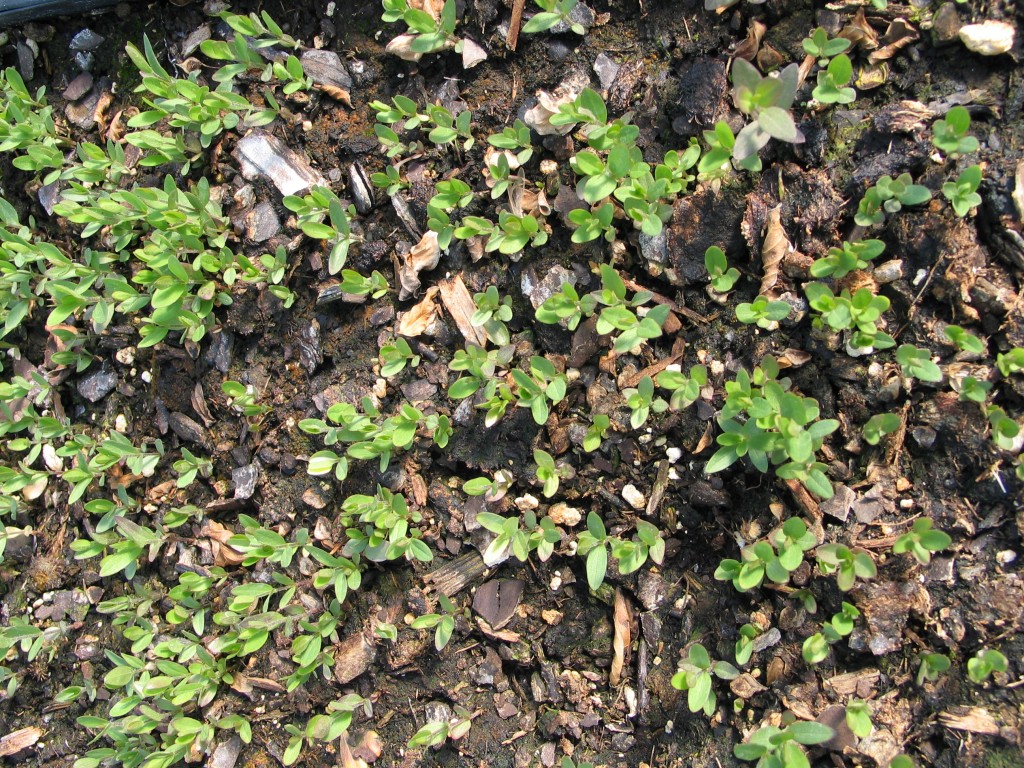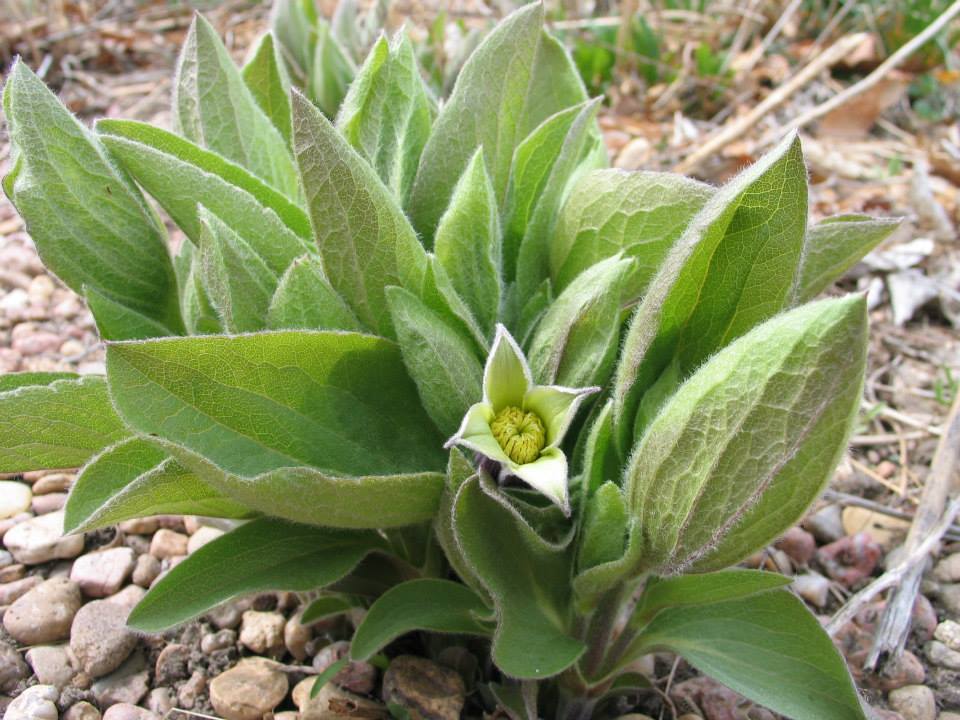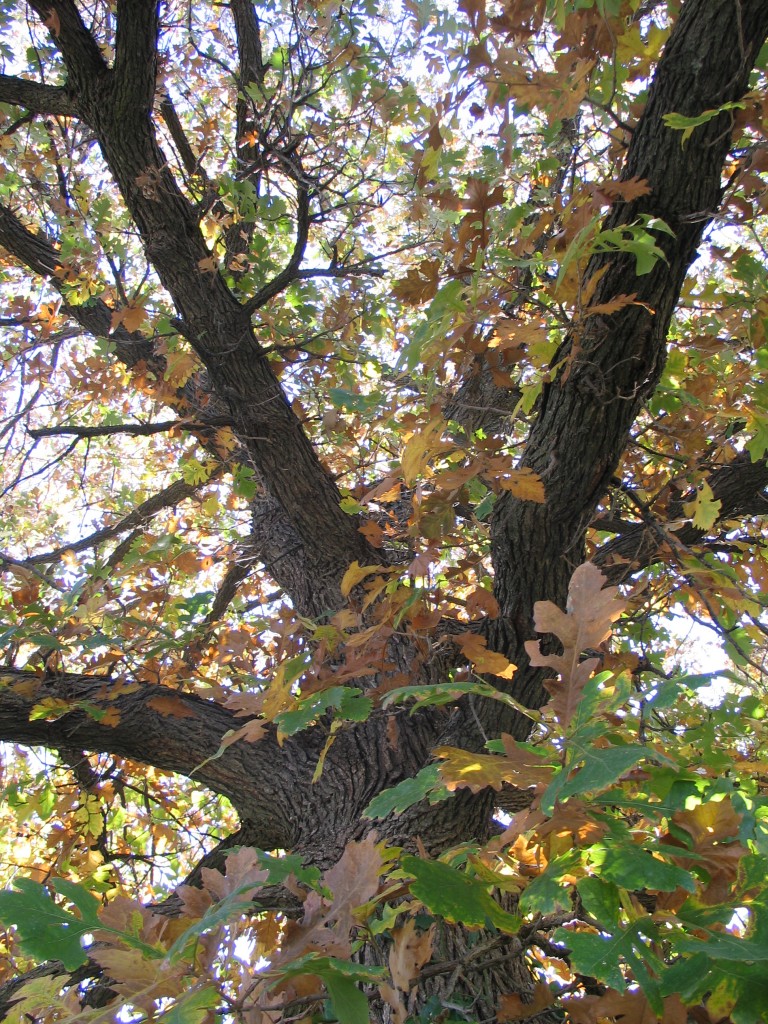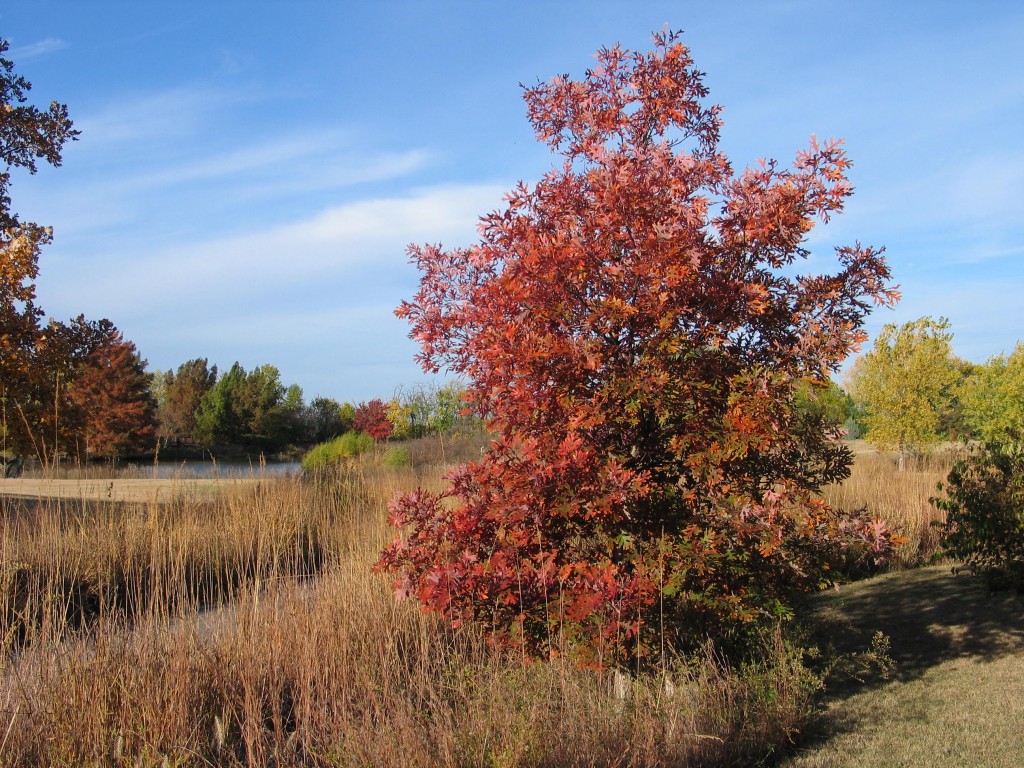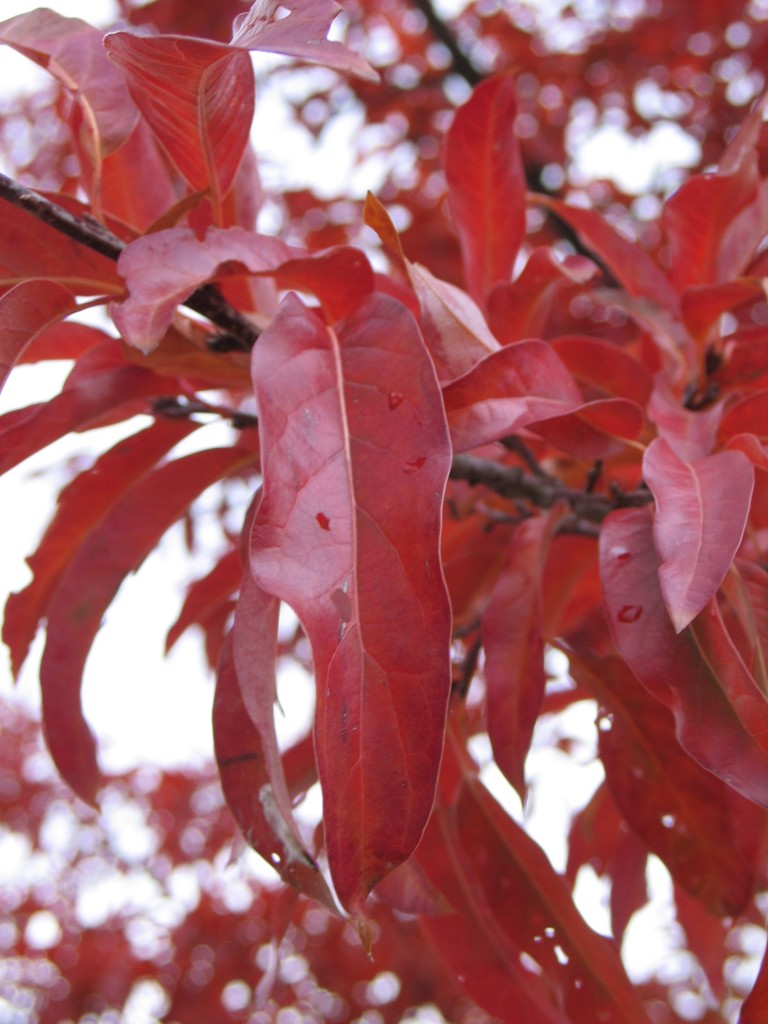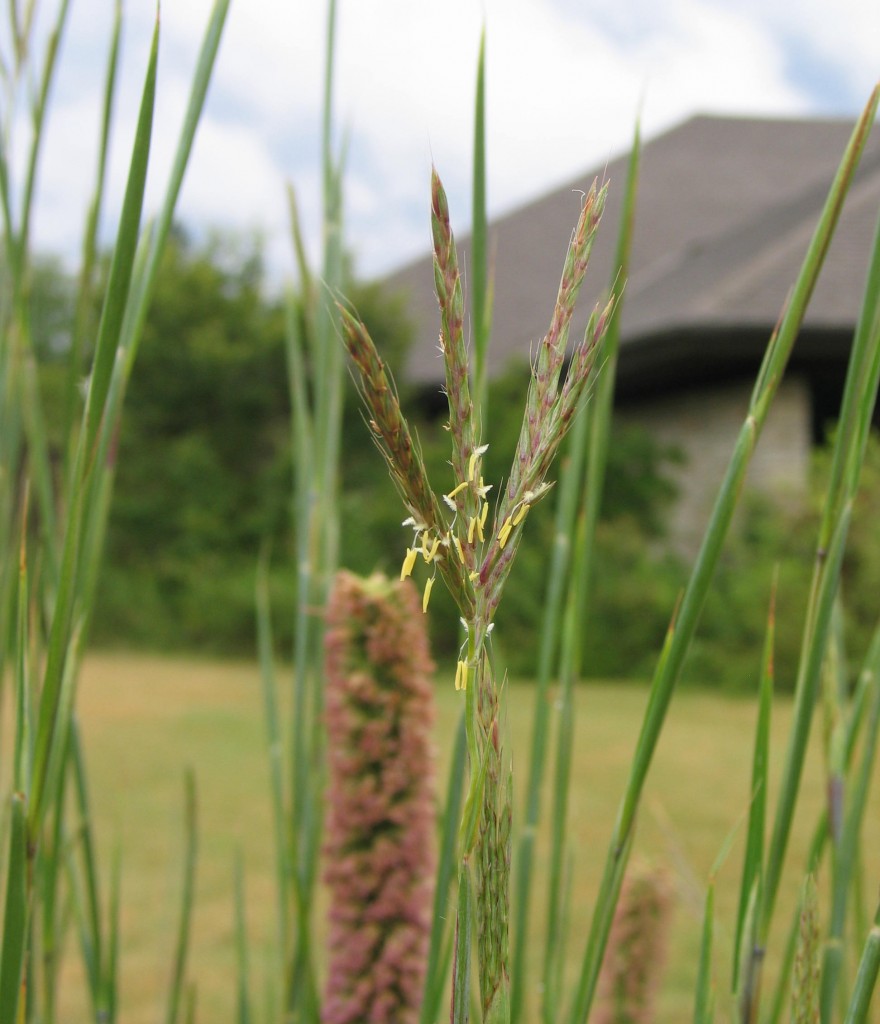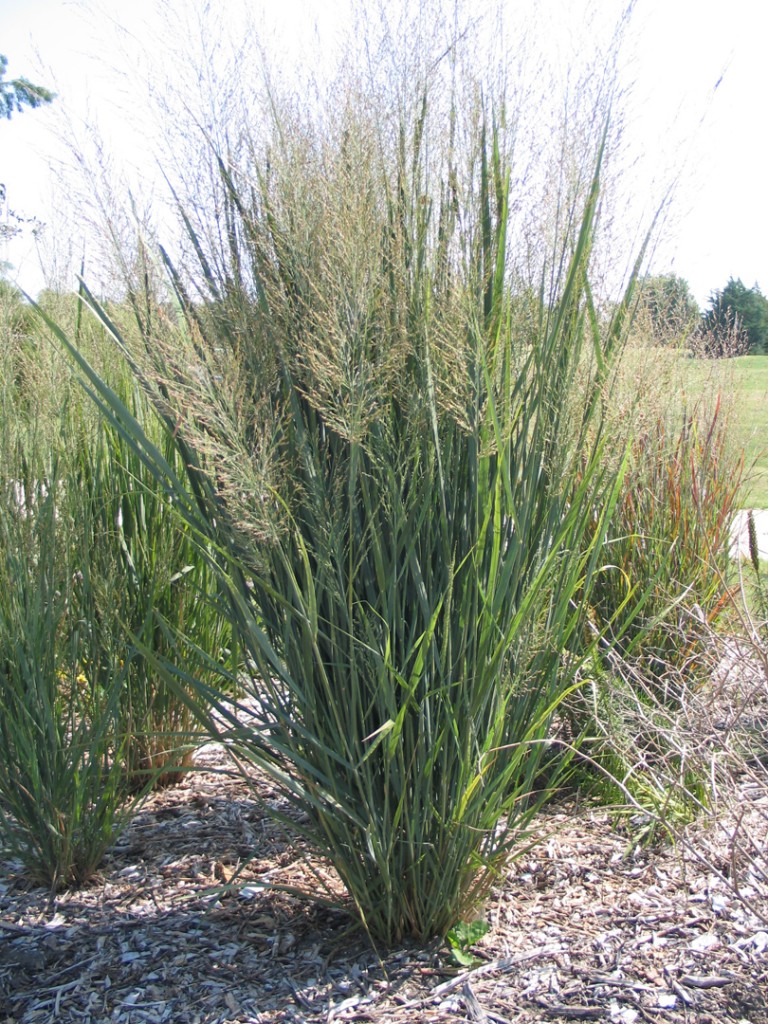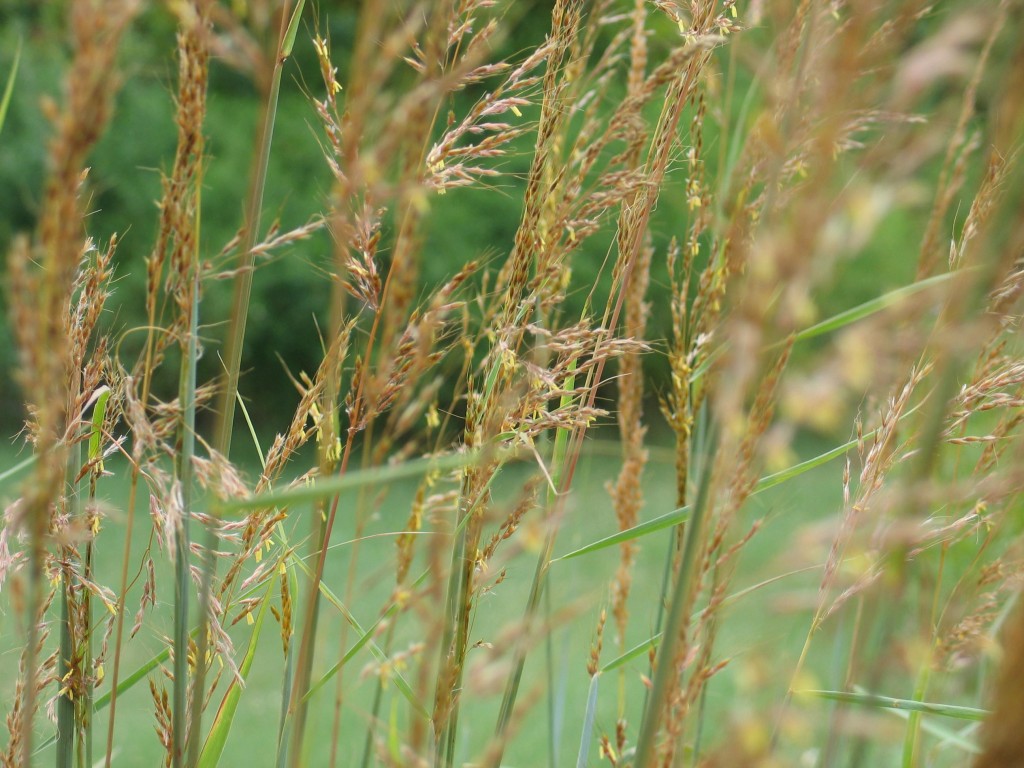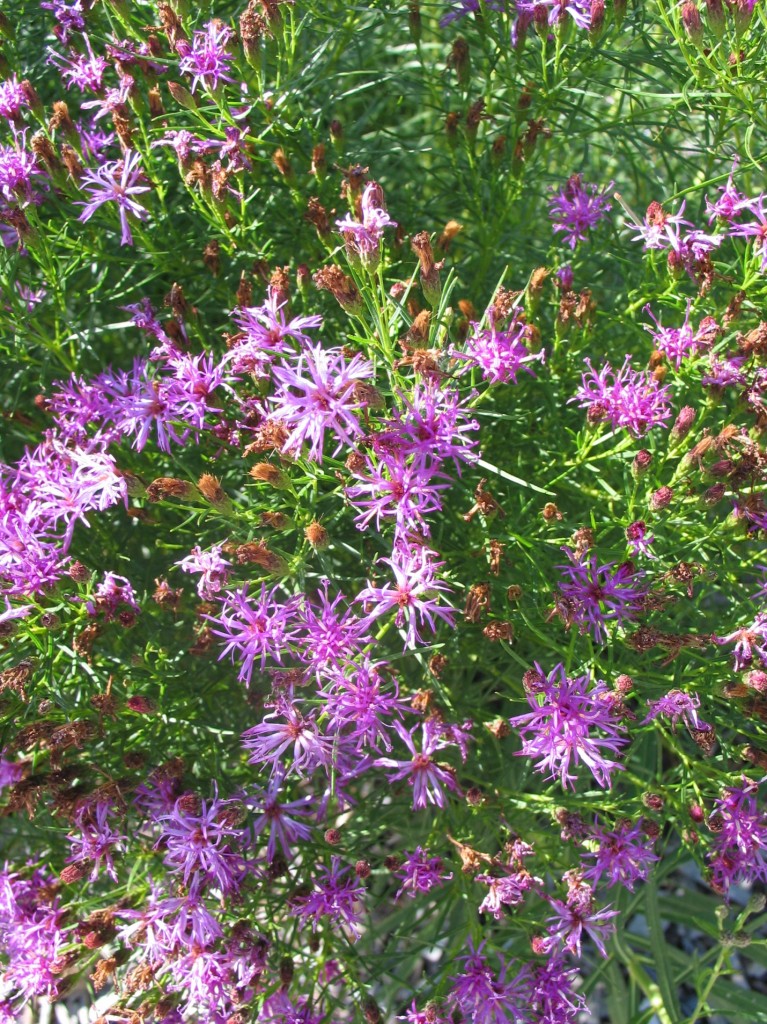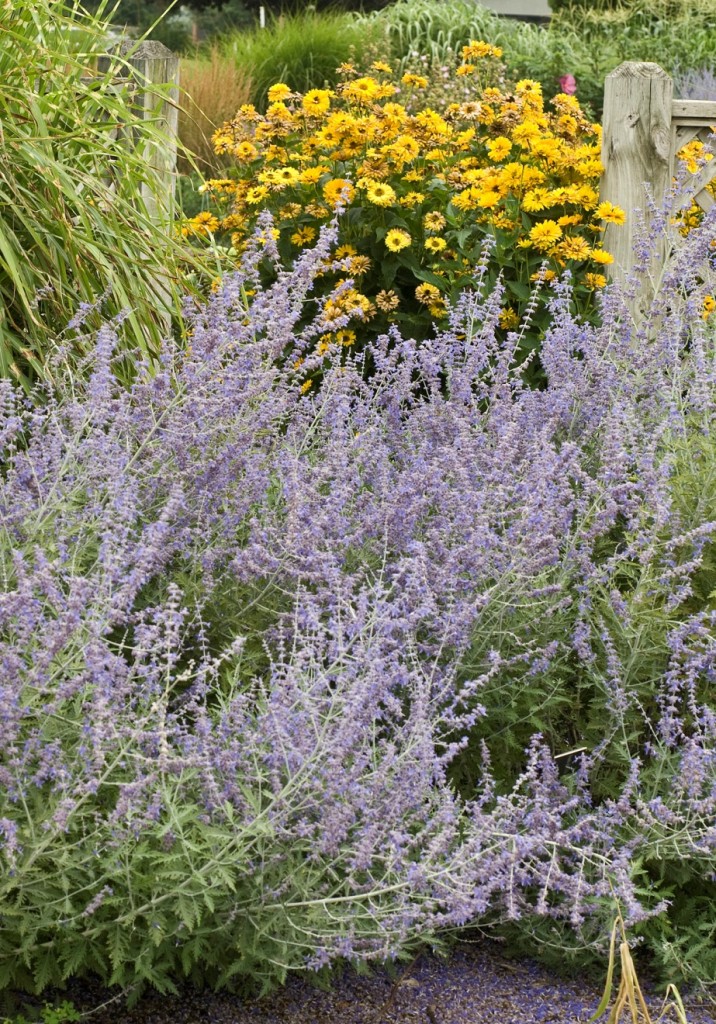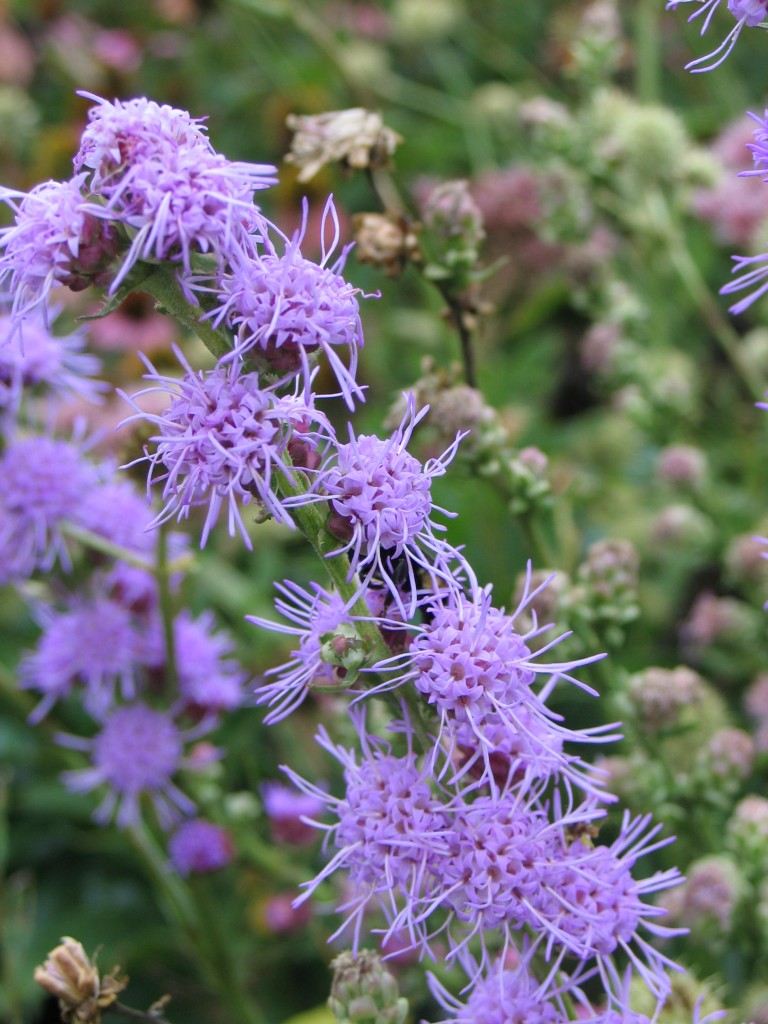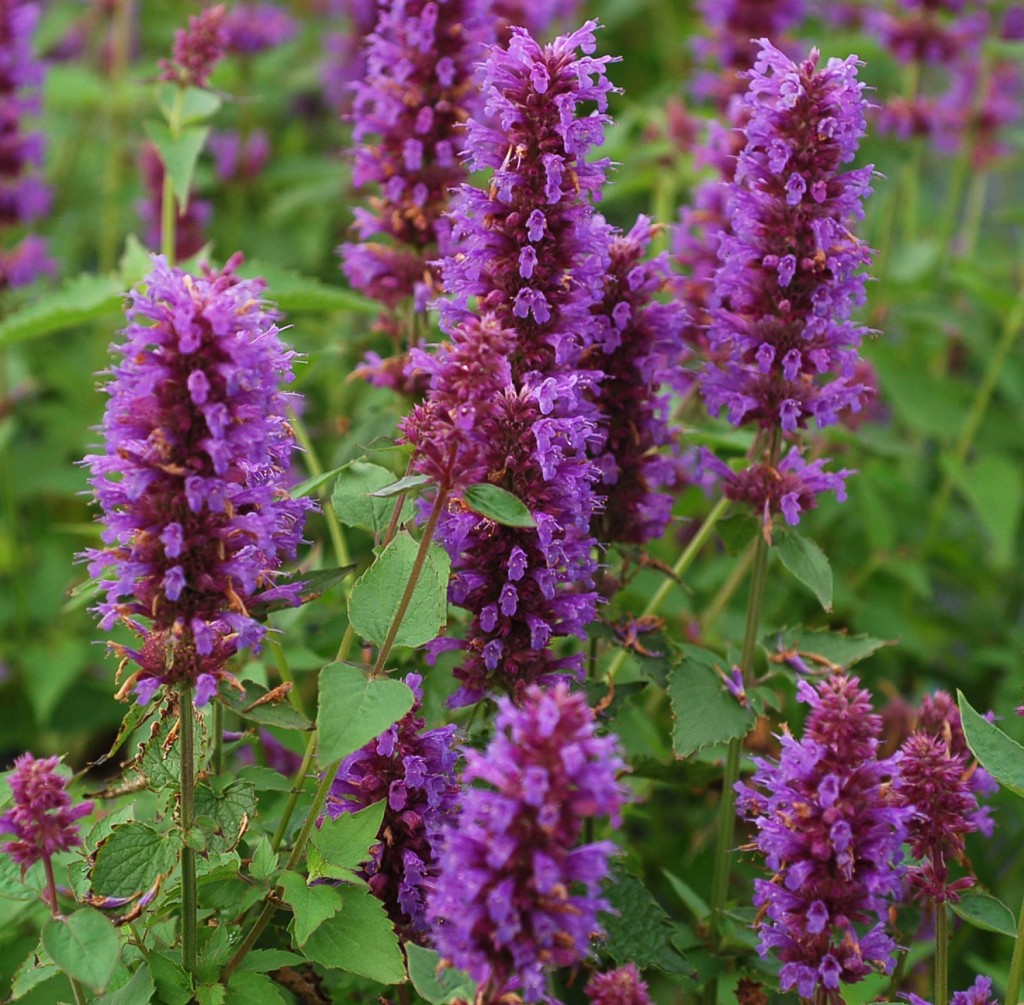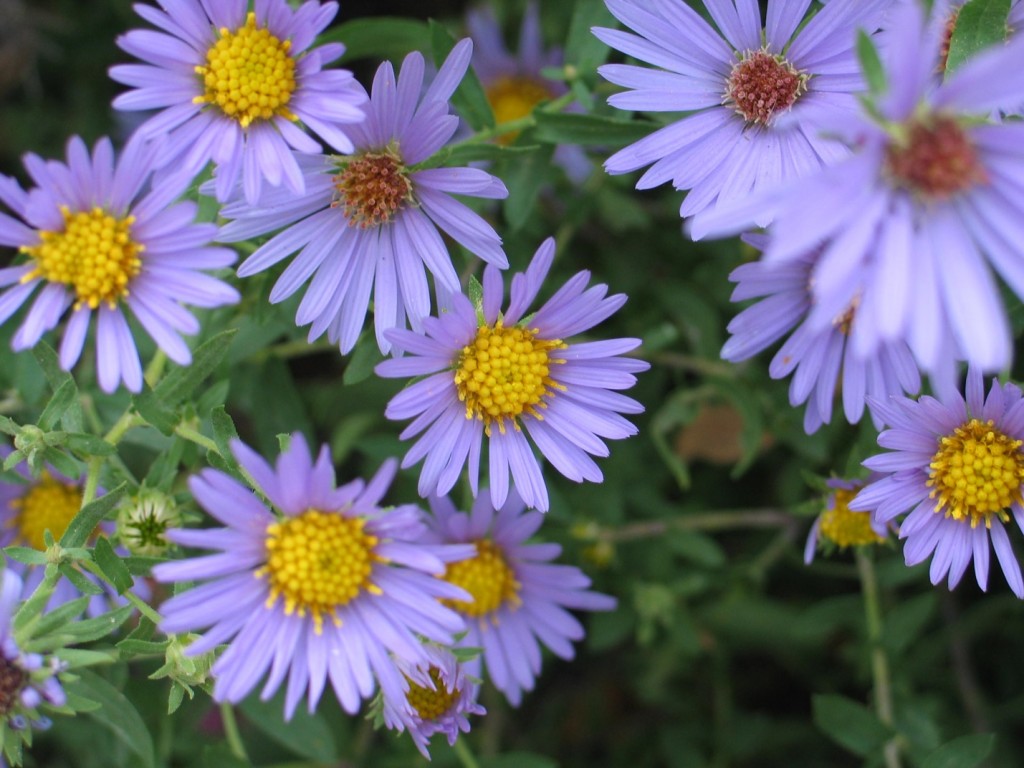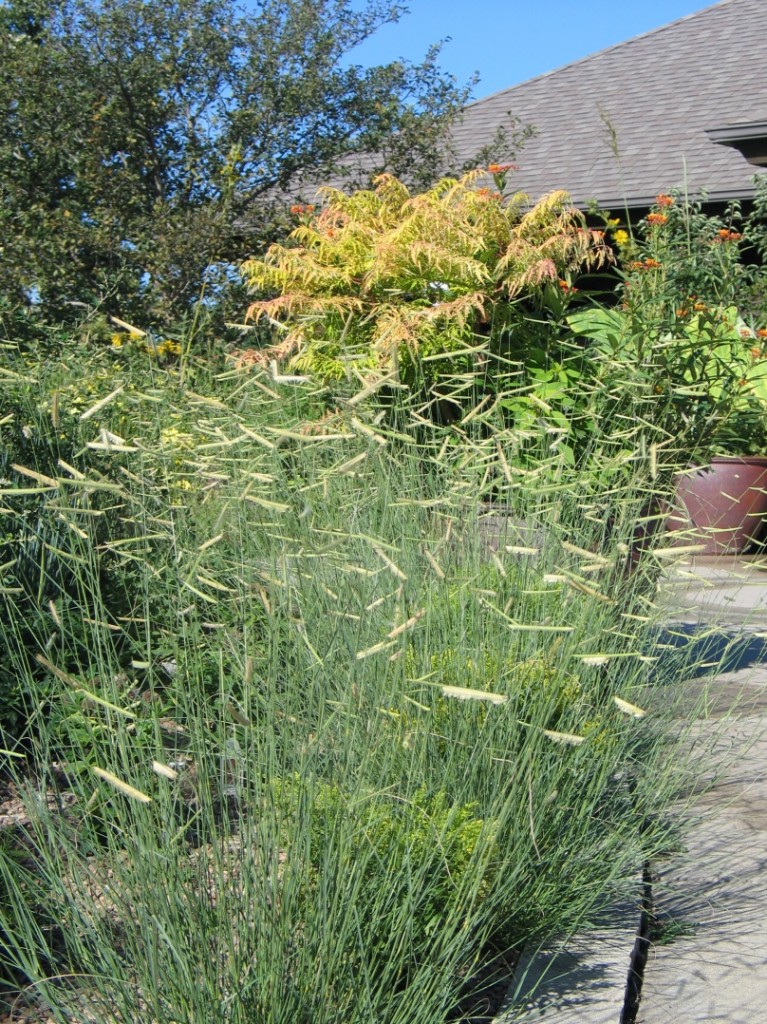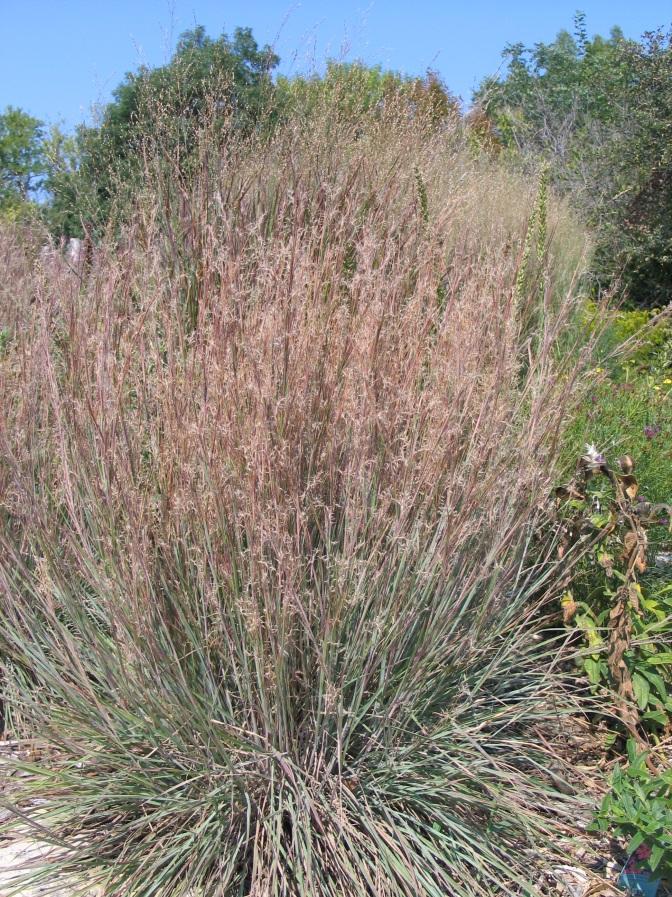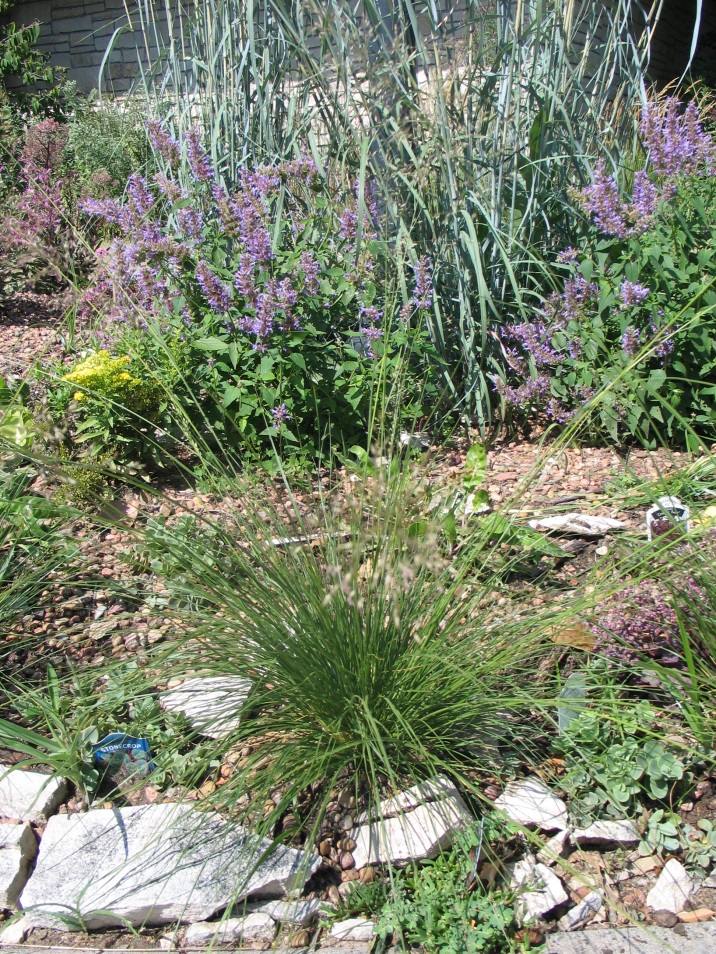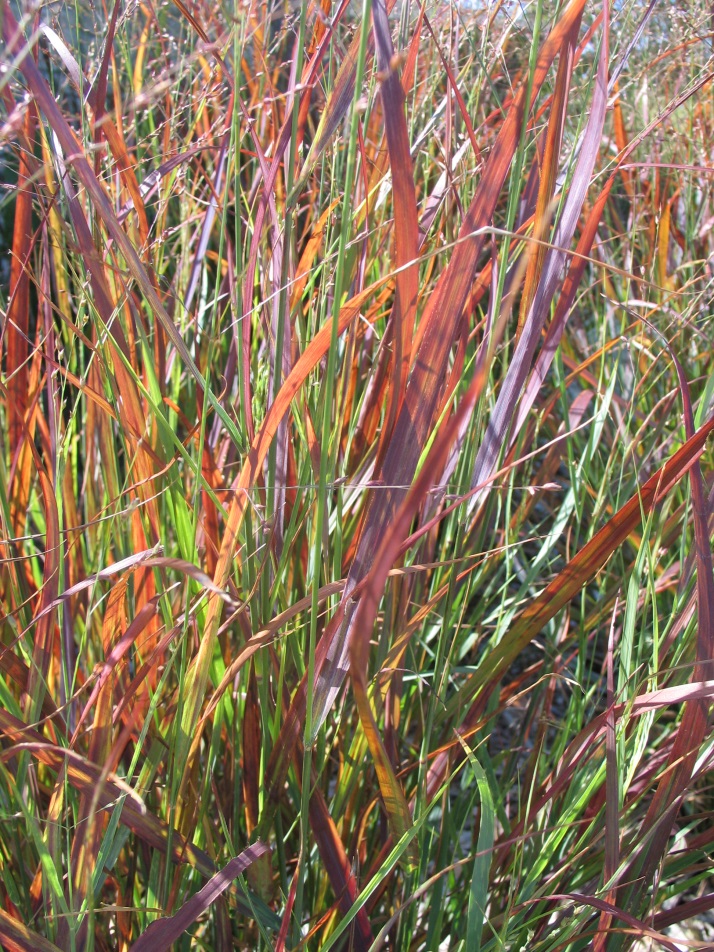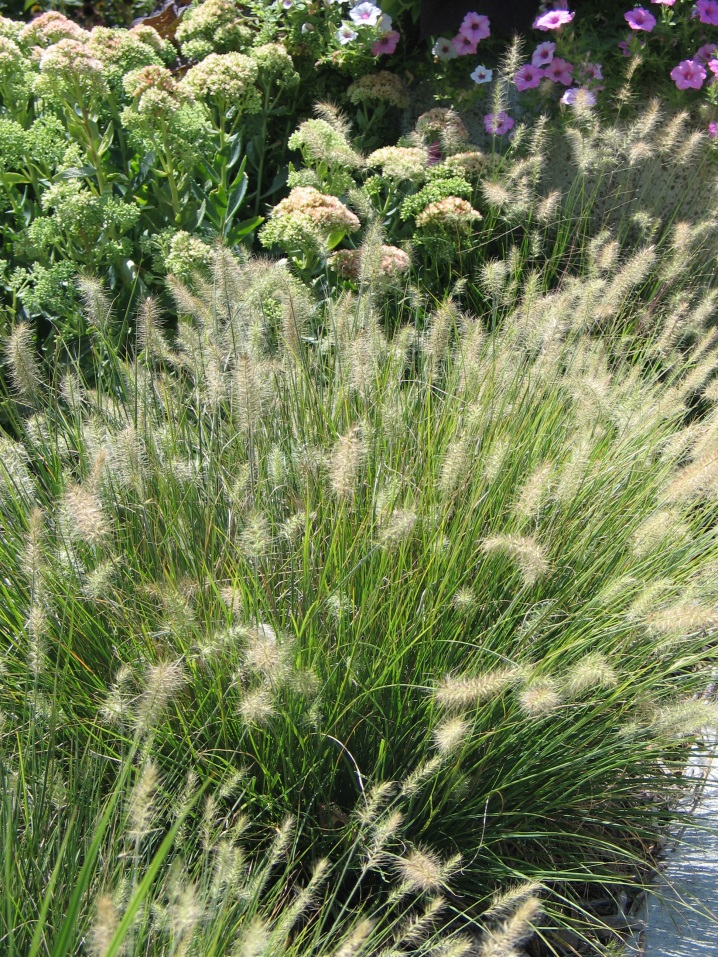Vines are underutilized in nearly every garden, in my opinion, including here at the arboretum. It may be that we don’t have the structures to support them and show off their attributes, or we are unfamiliar with how to grow them. Either way they need to be used more. In fact, I think vines are one of nature’s greatest gifts to gardeners. They can give us shade by covering a pergola, camouflage ugly elements within the garden such as sheds, poles and fences, or bring color, texture, and fragrance to a trellis or arbor. Vines are utilitarian because they fit into almost any available space. I need to use them more here at the arboretum, so I thought we could work through this problem together and maybe begin to incorporate these native vines to a greater extent, literally.
Trumpet honeysuckle (Lonicera sempervirens ‘Major Wheeler’) is the best selection of honeysuckle I have grown. It has twining stems with smooth leaves that seem to be resistant to mildew. But who grows this plant for the foliage? I love the flowers. In late spring, it is covered in red trumpet shaped blooms that keep coming well into summer, especially with a post-bloom trim. The hummingbirds will find it from miles around. It grows best in a medium to moist well-drained soil and partial shade.
Dutchman’s Pipe-vine (Aristolochia tomentosa) is a vigorous, climbing woody vine without tendrils. The interesting pipe shaped flowers appear in May and June. Large, heart-shaped leaves are attractive throughout the year and turn a nice yellow in the fall. In Kansas, it is found in the southeastern counties. I have this vine growing in morning sun and afternoon shade. It will need a trellis or arbor to grow on and a medium to moist soil. Pipevine is the host plant for the Pipevine Swallowtail butterfly.
Grape Honeysuckle (Lonicera reticulata ‘Kintley’s Ghost) is a vine we have been using for several years. We have it growing on either side of the entrance to the Visitor Center. The gray-green leaves develop in an attractive eucalyptus pattern. At the terminal ends of the stems the bright yellow flowers develop in spring. It can grow in sun to partial shade and prefers an average to moist soil. It is great in form and flower.
American Bittersweet (Celastrus scandens) is grown for the beautiful fruit clusters that develop during the summer and are noticed and eaten by birds in the fall. Male/female plants are separate and both are needed to produce fruit. Foliage is attractive on the twining stems. It grows best in a morning sun location, but can grow in full sun if given some supplemental water during the summer. Train along fence or over an arbor. Celastrus scandens ‘Autumn Revolution’ is a form with male and female flowers on the same plants.
Passion Flower (Passiflora incarnata) develops three inch diameter lavender flowers that have a rich fragrance. These flowers are striking and have religious symbolism. The vines can reach up to 12’ in one year and die back to the ground during the winter. Situate in a semi-shade area with a medium to moist soil. I would mulch lightly to protect crown from harsh winter temperatures.
Other vines for the garden are Pitcher’s Leather Flower (Clematis pitcheri), Climbing Hydrangea (Hydrangea peteolaris), and Kentucky Wisteria (Wisteria macrostachya ‘Powell’s Purple’)
Don’t miss the opportunity to include these great vines in your garden by visiting the arboretum spring plant sale. I tend to keep flowers at ground level but these vines will take your garden to new heights and add interest to levels not normally utilized.
For more information on these vines and other garden worthy plants visit the arboretum website at www.dyckarboretum.org.




